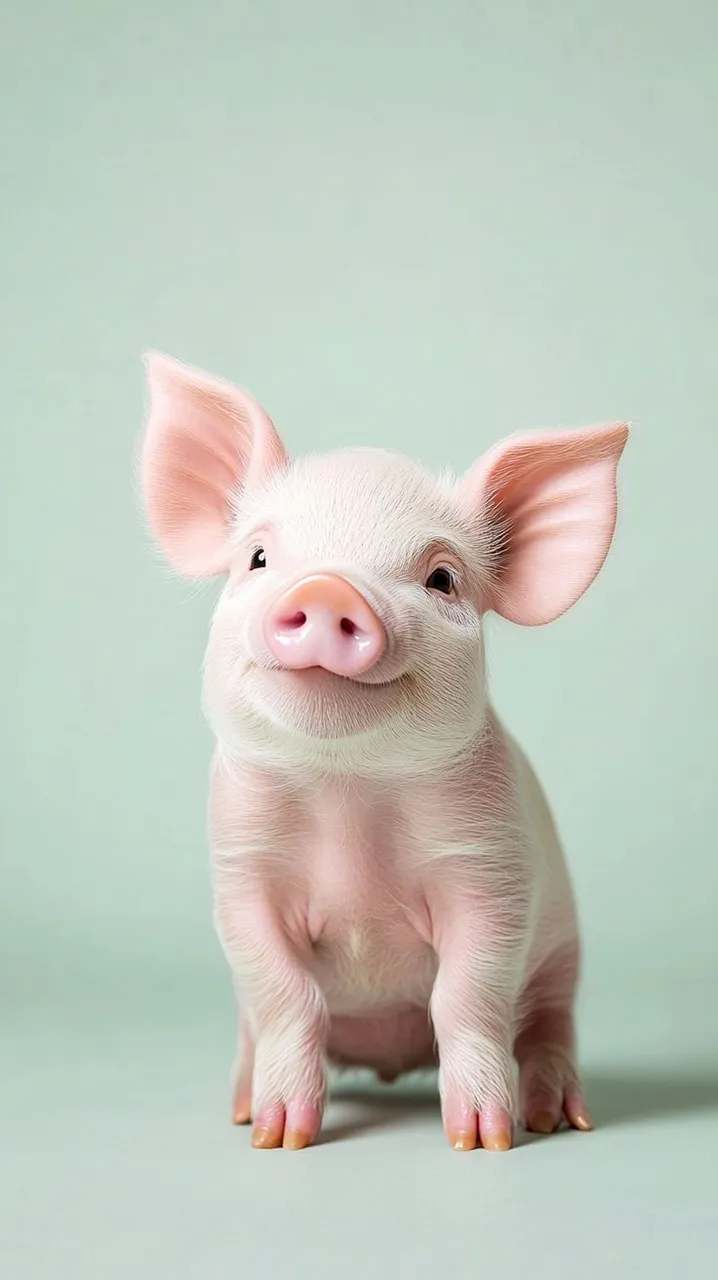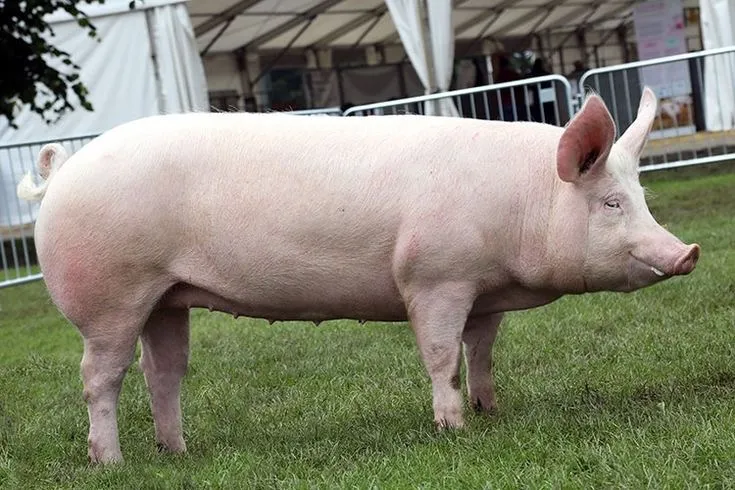Introduction to Pig Farming

Hello friends and fans of pork and bacon. Have you ever stopped tp think, "where do these come from?", How are they produced. Well... I'm about to tell.
Pig farming, also called swine production, is a valuable and profitable aspect of livestock agriculture. It involves breeding, raising, and managing pigs for meat (pork), fat (lard), leather, and other useful by-products. Depending on the farmer's goals, pig farming can range from small-scale backyard operations to large commercial enterprises.
Pigs are highly productive animals with fast growth rates, making them an excellent source of income. They also convert feed into meat efficiently, meaning farmers can maximize their yield with proper feeding strategies.
Key Terminology in Pig Farming
Understanding essential pig farming terms can help new farmers navigate the industry:
- Boar – A mature male pig used for breeding.
- Sow – A female pig that has given birth at least once.
- Gilt – A young female pig that hasn’t given birth yet.
- Piglet – A baby pig, typically unweaned.
- Weaner – A pig that has recently been separated from its mother, usually between 3 to 8 weeks old.
- Farrowing – The process of a sow giving birth.
- Farrowing pen/crate – A specialized enclosure where sows give birth and nurse piglets.
- Finisher pig – A pig in the final growth stage before slaughter, typically around 5-6 months old.
- Feed Conversion Ratio (FCR) – A measure of how efficiently pigs convert feed into body weight.
- Pork – Meat derived from pigs.
- Lard – Pig fat used in cooking and industrial applications.
- Swineherd – A person responsible for tending to pigs.
- Artificial Insemination (AI) – A breeding method where semen is manually introduced into the sow.
- Free-range pig farming – Raising pigs with outdoor access, promoting natural growth and behavior.
- Intensive pig farming – Raising pigs in controlled environments to maximize productivity.
Exotic Pig Breeds Used in Farming
Farmers often select exotic pig breeds for their superior growth rates, adaptability, and high-quality meat. Some widely favored breeds include:
Large White (Yorkshire) – An English breed known for fast growth, lean meat, and adaptability.

Landrace – Originating from Denmark, this long-bodied breed is famous for large litters and excellent mothering abilities.
Duroc – A reddish-brown breed from the USA, valued for rapid growth and marbled, flavorful pork.
Hampshire – Black with a white shoulder belt, muscular, and known for good meat yield and adaptability.
Pietrain – A Belgian breed recognized for extreme muscularity and high lean meat percentage.
Berkshire – Black with white markings, renowned for gourmet-quality, well-marbled meat.
Tamworth – One of the oldest English pig breeds, golden-red in color, ideal for free-range farming.
Choosing the Right Location for a Pig Farm
Selecting an appropriate site is essential for a successful pig farming operation. Key considerations include:
- Accessibility – Proximity to markets, suppliers, and veterinary services.
- Water Supply – Pigs require a steady supply of clean water for drinking and sanitation.
- Drainage – Proper water management prevents muddy conditions and flooding.
- Ventilation – Good airflow reduces respiratory diseases and ammonia buildup in shelters.
- Security – Protecting pigs from theft and predators is crucial.
- Biosecurity – Keeping the farm isolated minimizes disease transmission risks.
- Waste Management – Effective manure disposal or repurposing (e.g., for fertilizer or biogas).
- Climate Control – Pigs are sensitive to extreme temperatures, requiring suitable housing adjustments.
Conclusion
Pig farming offers significant economic opportunities, whether small-scale or commercial. By selecting the right breeds, maintaining proper management practices, and ensuring an ideal farm location, farmers can achieve sustainable productivity and profitability. Success in pig farming depends on adequate housing, efficient feeding strategies, and proper healthcare for the animals.